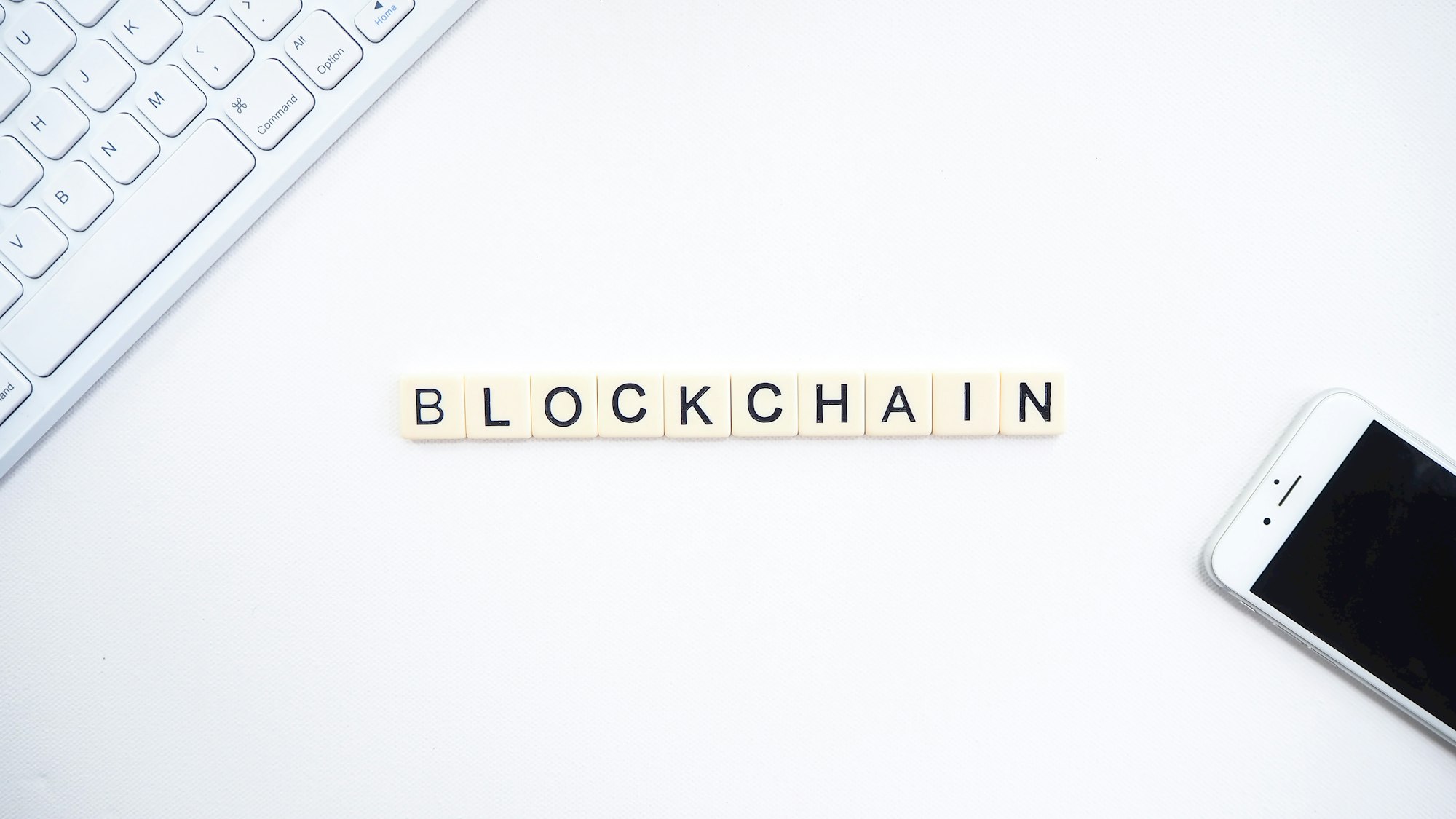Debunking what’s preventing potential users from using blockchain
Blockchain has become its own industry since its introduction in 2008. Though it has been around for more than a decade, it hasn’t been easy to demystify the myths surrounding the technology. These misconceptions not only affect the industry, but also create unnecessary doubts and questions in the minds of the users creating anxiety around it. Misguided judgement in the minds of new users prevents them from exploring the area. Although the technology and finance arenas are almost habitual in using the term, the sectors beyond these are usually perplexed by it.
Terms like blockchain, cryptocurrency, bitcoin are used in interchanged contexts and even mistaken for the other. Such misconceptions are one of the major reasons for blockchain to not have reached its fullest potential in the market today even after existing for so long. The worldwide spending on blockchain is expected to grow up to $15.9 billion by 2023 while it was only $2.7 billion in 2019.
“Blockchain technology isn’t just a more efficient way to settle securities. It will fundamentally change the market structures, and maybe even the architecture of the internet itself” – Abigail Johnson.
As the quote mentions, it is beyond just a small new technology. It is rather here to restructure markets and redefine the way in which the internet, bitcoins, cryptocurrency operate.
Here are some of the myths and facts to clear the cloud around blockchain.
1. Myth: Blockchain = Bitcoin
Fact: Blockchain is the root technology upon which bitcoin operates
Blockchain technology is a digital ledger which records all transactions between parties, thereby creating a chain of data requiring a digital key to unlock. It is completely reliant on coding embedded in the ledger. It records all peer-to-peer transactions that are encrypted and is only linked closely to cryptocurrency like Bitcoin.
Bitcoin is a publicly accessible cryptocurrency that is decentralised and operates without any mediators. This removes the governments’ control of currencies and avoids transaction costs by eliminating intermediary parties. Blockchain is the underlying technology that makes the recording of these transactions possible.
2. Myth: Blockchain is used only for cryptocurrencies
Fact: Blockchain is used across various industries where users want to be in control of their own records
While cryptocurrencies are a major part of blockchain application, it extends beyond the finance industry. For instance, it is used in healthcare, it is used to streamline all the medical data across organisations letting the patients control their medical records. It is reliable because even one small change in one transactional block is transparent to the entire network. Smart contracts, video games, supply chains are some other uses of blockchain. In fact, it was used in the agriculture and food market at a value of $41.9 million.
In the finance industry, companies are looking for various ways in which this technology can be used for their transactions and several banks across the world have funded a start-up called Digital Asset Holdings to work further on this.
Know how blockchain is used in logistics.
3. Myth: Blockchain is tamper-free
Fact: There is no such thing as a completely safe space
Decentralization of information has surely made blockchain a safer space than the traditional centralized system. However, it is not immune to hackers at all times. The infamous hacking of DAO in Ethereum blockchain in 2016 is an example to prove this. The stakeholders were forced to overturn parts of it to get back on track. However, such hacks are possible only on smaller levels.
It is also safer than the traditional system because one small change or addition activates all the other nodes, creating a set of complex algorithms. When a hacker tries to invade, thousands of algorithms should be broken through on several computers, making it a tedious and close-to-impossible process.
4. Myth: Blockchain is a single entity and is always public
Fact: There are a number of blockchains with independent existence and some of them are private
Blockchain is as versatile as the internet. In fact, there are blockchains independently created for specific purposes, both private and public. To use a public blockchain, a simple availability of internet is enough. For instance, Ethereum, Litecoin are public blockchains open for participation.
Federated network like E3 for banks, EWF for energy are private blockchains which require permission and validation to use the nodes for transactions.
5. Myth: Blockchain is a database storage
Fact: Storage is only one of the features offered by blockchain
As seen in all the above demystification, blockchain is a technology that allows transactions among other technical facilities. Yes, it also facilitates storage but it is certainly not exclusive for that. It is a Distributed Ledger Technology (DLT) that does not allow storage of physical information like images. Once the information gets in, one cannot delete it and thus, it is an ever-growing database. Transaction activities are recorded at every level.
The reason why anyone has to break the myths around blockchain is that these have a major impact in the minds of potential users. Blockchain is here to stay and create a revolution. It is certainly not an answer to all business problems and organisations should indulge in some operational changes to implement blockchain in their systems. However, as mentioned by Abigail Johnson, it will restructure the system.
For a technology that can alter the existing methods, it needs to reach its fullest potential as soon as possible and grow faster than anything else. For anyone looking to take part in the blockchain market, a thorough research and understanding will make it simpler and easier to use. These are only the top five common myths surrounding the technology. Hopefully more users propel towards blockchain and create space for its further growth and innovative usage in the future.
